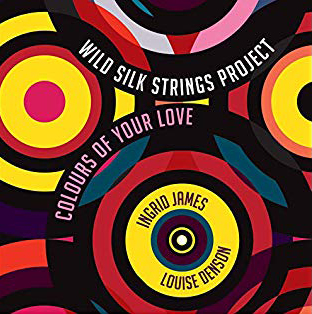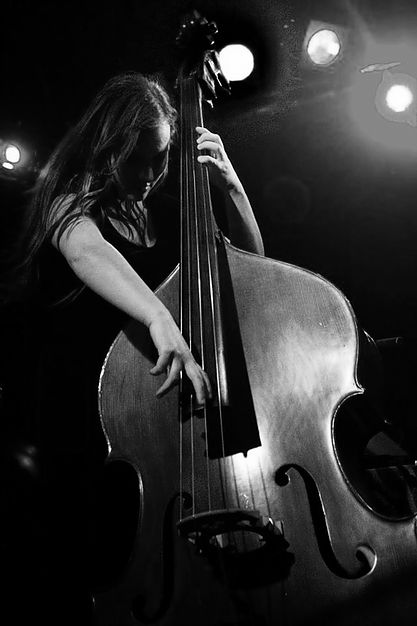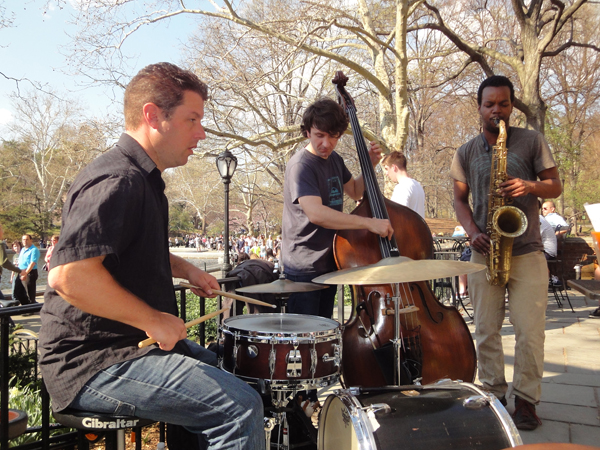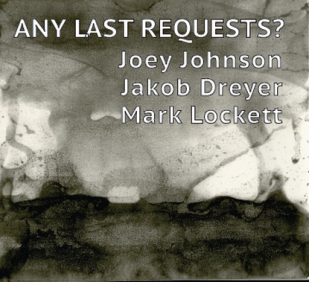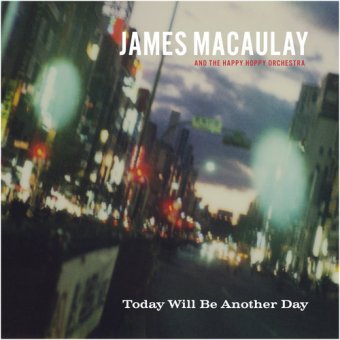A year and a bit ago, I was privileged to experience a performance of composer/trumpeter Ellen Kirkwood‘s four-part suite [A]part at the Io Myer’s Theatre at UNSW, performed by an augmented Sirens Big Band plus special guests.
At the time the expansiveness of the work’s both theme and execution left me stunned. I wrote “It is a massive piece in every way: challenging to the ear and the mind, highly original (as we know Kirkwood to always be), often cerebral and abstract, all the time threatening to be too much to take in in one sitting.”

Photo: Catherine McElhone
Through an aligning of the planets and more prosaic factors, Kirkwood and the Sirens have been able to record the hour-long work and release it for our ears and minds. And what an exquisite recording it is. Everything that I loved about the performance has been captured beautifully by Bob Scott and the team at Studios 301, allowing the dynamics to be fully experienced, and all the nuance and surprise in Kirkwood’s writing to be set in high aural relief.
The (very) special guests are, once again pianist Andrea Keller, vocalist Gian Slater and long-time Sirens mentor, saxophonist Sandy Evans.
[A]part is expansive also in its use of genre – there are tastes and flavours of jazz, Afro-Cuban, rock and contemporary classical music; Kirkwood has taken what she needs to express what she wants to say. ![A[part]-album-cover-low-res](https://wordsaboutmusic.files.wordpress.com/2018/11/apart-album-cover-low-res.jpg?w=350&h=311)
‘Part 1 – The internet: wonder and malignance’ deals with the gift of the internet but also with its broken promise. A swooshing of Alon Ilsar‘s air-sticks and we are off on a magic carpet ride over the magic kingdom of the internet – the horns beat and pulse like wings as we fly. But as we move on, they become disjointed and more demented and we begin feel that all is not as magic about this gifted kingdom. The piece ends – as all four sections of [A]part do – with a meditative horn chorale, quiet and almost sad in its hymn-like introversion. Yet there is a hint of hope in its human-scale beauty.
‘Part 2’ is on the theme of the refugee crisis, that thorn in the side of our government, and a tragedy for all involved. The ‘otherness’ of refugees is expressed through a Latin groove with Slater’s vocalise floating ethereally over the top. We float on an ocean without end. Keller’s piano solo builds in intensity into the band strutting a militaristic march. Evans’ horn solo is wracked with grief and true pain until all dies down to the bittersweet chorale coda.
‘Greed and climate change’ is the title of ‘Part 3’, reminding us that the latter pretty much exists, in many ways, because of the former. The percussive opening reminds one of the natural world of growth. This morphs into a drum solo which morphs into an incredibly surreal and cartoonish waltz. This is ‘Greed’. The traditional big band writing is superb but drips with sarcasm at we humans endless hunger for more more more. This sarcasm is accentuated by Evan’s hilarious solo which encompasses wrong-key harmonica blasts, bird whistles and belching frog calls along side her jokey sax.
‘Part 4’ is set aside for contemplation. Kirkwood says of this section: “How to process it all? The constant barrage of information, bad news, opinions and quarrelling. And what can we do about it as insignificant individuals? Angst, loss, reflection, determination, rebellion, longing, and maybe a bit of hope.” Jessica Dunn‘s opening bass solo over hazy flute chords sets up the feeling of meditation. A sparkling Keller solo brings in a Kirkwood solo which speaks to us. The hymn at the end of this one is particularly poignant.
In my review of the UNSW [A]part performance I countered my initial aesthetic overload by saying “But what saves ([A]part) from possible overwhelm is that Kirkwood never loses the emotional thread in the music; it is human music and it consistently makes you feel. Sometimes, as with all valid contemporary art, those feelings can be baffling or even plain uncomfortable, but you do feel them deeply.”
After spending some time with this exquisite recording of a work that is as close to a masterpiece as anything I have heard in a while, I second those emotions. The [A]part experience is something rare, very timely and very real.
Sirens Big band perform [A]part at Foundry 616, Ultimo on Tuesday 13 November.
The album is available from https://www.earshift.com/ellen-kirkwood-sirens-big-band-apart/



